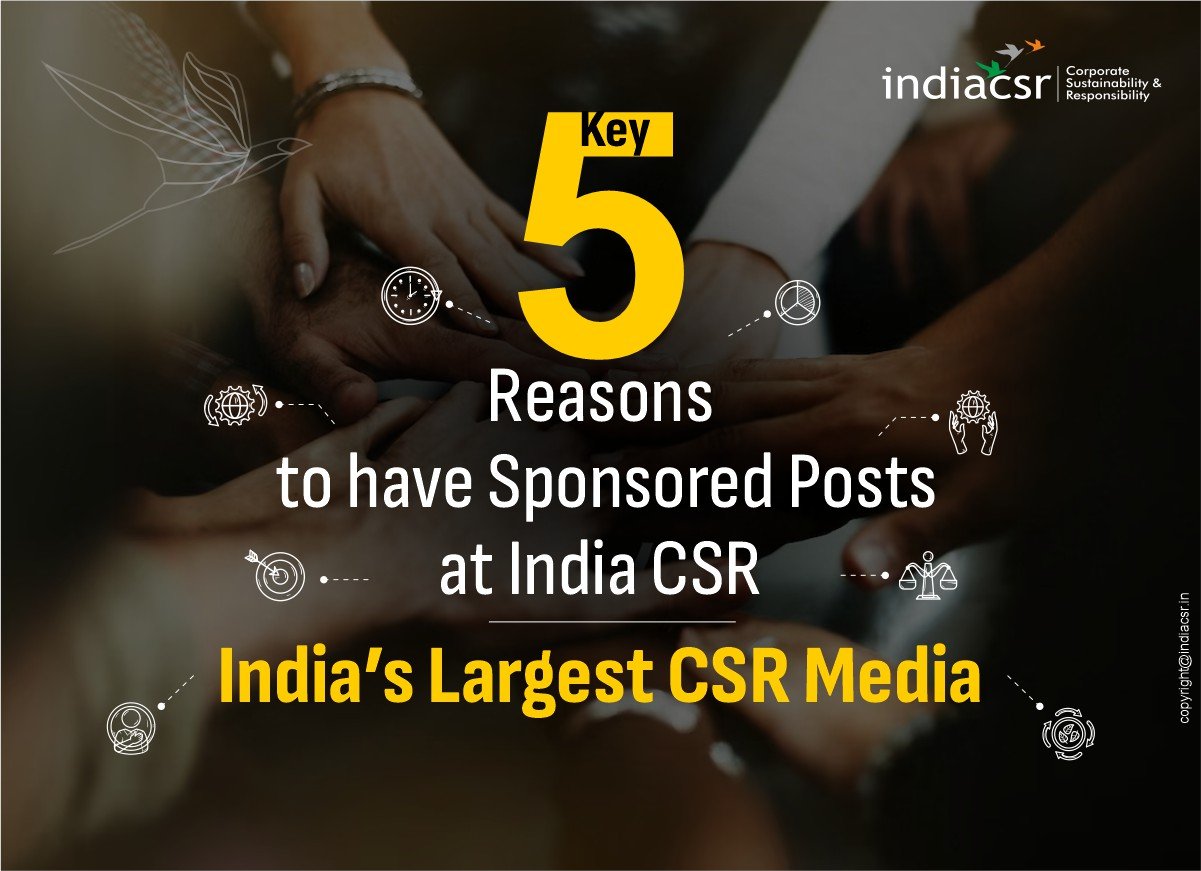A business loan might seem like the next logical step when you’re planning to grow your company, manage cash flows, or even take a bold leap into a new market. But many small business owners and even seasoned entrepreneurs find the process a bit complicated, especially if they belong to the MSME or SME category.
For many, it’s not even about the size of the loan but the complicated process that slows things down. This post breaks down the most common issues people face when applying for business loan and, more importantly, what you can do to overcome them.
Low Credit Scores
The credit score is one of the first factors lenders assess in a loan application. A low score can make it more difficult to obtain approval, and even if the loan is granted, it may come with higher interest rates.
For example, a small business owner runs a packaging unit and has big plans. But he finds out his credit score is under 650 because he missed a few payments during a lean season. It might seem like a small hurdle, but that alone could lead to high interest rates.
However, the credit scores can improve. All you have to do is:
- Start making timely payments on everything, even if the amount is small.
- Avoid using more than 40% of your available credit.
- Keep an eye on your credit report through CIBIL.
And if you’re new to credit, consider taking a small short-term loan, repaying it on time, and slowly building your credit profile.
Incomplete Documentation
Loan applications don’t even make it past the first step if they miss or submit outdated documents. This catches out experienced business owners too. For many, especially those applying for a business loan for women, this becomes an issue when the documents do not match after marriage or relocation, or the business name changes.
The only solution to this is to keep your financial statements up to date. This includes profit and loss statements, income tax filings, and GST records. Update your bank statements from the past six months, minimum, and make sure they match the name and account number on your application. If your business licence has expired, renew it before applying.
Cash Flow Gaps
Even profitable businesses can get into a tight spot if their income and expenses don’t align properly. You might have orders piling in, but if payments from clients are delayed, it throws off your ability to repay loans.
This can be a real problem if your income comes in bursts. For example, a business owner running a gifting business sees their number shooting up during Diwali and the wedding season. But in the off-season, things go quiet. So, when they applied for a loan in March, the bank just saw a low average monthly income and rejected it.
What helps here is showing the full story.
- Break down seasonal patterns. Try offering discounts to customers who pay early.
- Explain how you plan to cover EMIs during lean periods.
- Consider using invoicing tools or even simple spreadsheets to track inflows and outflows.
- If possible, renegotiate with suppliers to get more breathing space on payments.
Small changes in how you manage cash can go a long way in convincing lenders that you’re dependable.
Collateral Worries
A lot of people, especially new business owners or those in services, run into this issue. Traditional banks often expect collateral, something like property, machinery, or anything valuable, to reduce their risk. If you don’t have any, or it’s already pledged, your options shrink fast.
This is especially true for applicants looking for a business loan for women who might not have assets in their name. In such cases, you can take two routes:
- First, look into government schemes like CGTMSE (Credit Guarantee Fund Trust for Micro and Small Enterprises), which help you get loans without collateral.
- Second, premium financial services like Godrej Capital offer unsecured business loan with minimal documentation, especially if you’ve got strong financial discipline and a decent turnover.
If you do not have assets to offer, focus on building a clean record. Keep your revenues traceable through proper invoicing.
Unclear Business Plans
Many applications get turned down not because the business is bad, but because the plan looks weak.
To prevent this, write down the why, what, and how of your business in a clear, honest way. Show them how the loan will help you grow. Use numbers for how much raw material costs, expected margins, and estimated customer base.
High Interest Rates
Not everyone gets the same interest rate. If you’re borrowing without collateral or through informal channels, the lender might see you as a risk. Eventually, this can lead to a jump in your interest rate or put pressure on your monthly commitments.
This happens more with first-time borrowers or those without strong financials. Most importantly, the women-owned businesses face this, specifically when applying under a business loan for women scheme that ends up being just another checkbox exercise.
It helps to do your homework. Compare loan offers, take a little extra time to build your profile, or clean up your records. And if you do have assets, use them. Collateral-backed loans often come with lower interest, and you can always refinance once your cash flow improves.
Slow and Lengthy Processes
Traditional banks often take weeks to review and process applications, and disbursal can take even longer.
To avoid such delays, be prepared. Keep all key documents—like PAN, Aadhaar, Udyam registration, GST filings, and bank statements—scanned and ready. Also, explore lenders known for digital applications and faster approval.
Steps You Should Take to Avoid Common Problems
Getting a business loan might seem a little difficult. However, if you know where the system slows down and how to work around it, you can increase your odds of approval and better terms.
| Issues | How to fix it |
| Credit score issues | Repay on time, avoid overuse, and track your score. |
| Documentation issues | Update everything, renew licences, and get help if needed. |
| Cash flow problems | Use software, negotiate supplier terms, and plan for lean periods. |
| No collateral | Opt for government schemes or trusted lenders offering unsecured loans. |
| Weak business plan | Back up your pitch with real data and honest projections. |
| High interest rates | Compare lenders and improve your profile. |
| Slow process | Prepare all paperwork early and go for lenders with faster approvals, transparent loan process |
Conclusion
Getting a business loan in India requires patience and persistence. Lenders are simplifying the loan process and reimagining how they evaluate business potential.
Ultimately, success comes down to preparation. Understand where the gaps are and address what you can. Look for loans that offer flexibility at every stage—from a variety of financing options to adaptable repayment plans. Just as important is a loan process that’s clear, easy to understand, and fully transparent. The right loan at the right time can be a powerful tool to help grow your business.




















